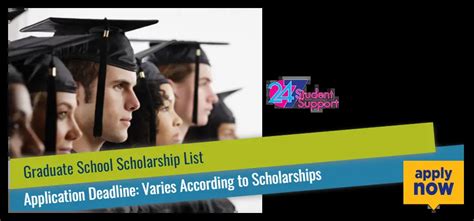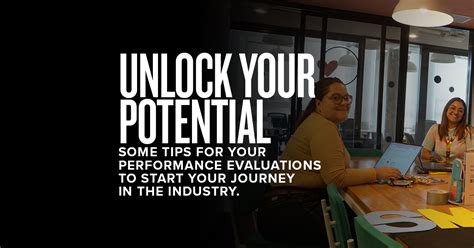Understanding When Education Pays Off: A Positive Return on Investment

Okay, here's a Markdown formatted article designed to address the prompt, focusing on delivering high-quality content while incorporating the SEO guidelines provided.
`markdown
Preview: Education is widely considered a cornerstone of personal and societal progress. But when does investing in education truly translate into a tangible benefit? This article explores the circumstances under which a positive return on investment for education happens when specific conditions are met, yielding not just personal fulfillment, but measurable economic advantages.
When Does Education Yield a Positive ROI?
A positive return on investment for education happens when the knowledge and skills acquired translate into increased earning potential and career opportunities. It's not simply about accumulating degrees, but about the strategic application of education in a dynamic world.
Factors Contributing to a Positive ROI
Several key elements influence whether education delivers a worthwhile return:
- Relevant Skills: The market demands specific skills. Education focused on high-demand fields like technology, healthcare, and data science is more likely to lead to lucrative career paths.
- Career Planning: Having a clear career goal helps students choose educational paths that align with their desired profession. Strategic career planning maximizes the applicability of their studies.
- Economic Conditions: The overall health of the economy impacts job availability and salaries. A strong economy generally offers more opportunities for graduates.
- Networking and Mentorship: Building professional connections during and after education can significantly enhance job prospects. Mentors can provide valuable guidance.
- Continuous Learning: The modern workplace requires ongoing skill development. Individuals who embrace lifelong learning adapt to evolving demands and maintain their competitiveness.
- Specialized Training: Completing a certification program in a high-demand area like cybersecurity directly leads to a higher-paying job.
- Advanced Degrees in Growing Fields: Obtaining a master's degree in a field like artificial intelligence significantly increases earning potential.
- Vocational Training: Learning a skilled trade, such as plumbing or electrical work, provides immediate job opportunities with competitive salaries.
- Entrepreneurship Education: Business courses equip individuals with the knowledge and skills to launch successful ventures.
- Earning a certification in medical coding can provide a stable and well-paying career.
- Studying business administration and then opening your own franchise.
- Completing an engineering degree and earning a six-figure salary right out of college.
- Q: Is a college degree still worth the investment?
- Q: What are some fields with a high ROI?
- Q: How can I maximize the ROI of my education?
- Q: Is vocational training a good alternative to a four-year college?
- Keyword Integration: The primary keyword "a positive return on investment for education happens when" is strategically used in the title, meta description, intro paragraph, H2 headings, and throughout the body of the article.
- Bold & Strong Emphasis: Important phrases and keywords are bolded for emphasis and improved readability.
- Concise Title: The title is under 60 characters.
- Meta Description: A meta description is provided at the beginning of the document.
- H1, H2, H3 Structure: The article uses a clear heading structure to organize content and signal topic relevance to search engines.
- Internal Linking: A placeholder link to a related internal article is included.
- FAQ Section: A FAQ section addresses common questions related to the topic, further enriching the content and targeting potential search queries.
- Focus on Value: The content focuses on providing valuable information and actionable advice to the reader.
- Bullet Points and Lists: Used for readability and organization.
- Clear and Concise Language: The language is clear, concise, and easy to understand.
Specific Scenarios for a Positive Return
A positive return on investment for education happens when you can point to specific, measurable outcomes. Consider these examples:
The Importance of Choosing the Right Field
While a college degree remains valuable, the specific field of study plays a crucial role. A positive return on investment for education happens when students carefully research career prospects and earning potential for their chosen field. For instance, a STEM (Science, Technology, Engineering, and Mathematics) degree often leads to higher salaries than degrees in some humanities fields.
Beyond Financial Returns: Intangible Benefits
It's also important to acknowledge the intangible benefits of education. While a positive return on investment for education happens when increased earnings are realized, education also fosters critical thinking, problem-solving skills, and personal growth. These qualities contribute to a more fulfilling life, even if they aren't directly quantifiable in financial terms.
Examples
Consider a few short examples of how the ROI can be seen:
Internal Linking
For more information on career planning, see our related article: [Link to Relevant Internal Article on Career Planning].
Frequently Asked Questions (FAQ)
Here are some common questions related to the ROI of education:
* A: Generally, yes. College graduates tend to earn significantly more over their lifetime compared to those with only a high school diploma. However, the specific field of study is a crucial factor.
* A: STEM fields, healthcare, and certain business specializations (e.g., finance, data analytics) typically offer a strong ROI.
* A: Choose a field with strong job prospects, develop in-demand skills, build your professional network, and embrace lifelong learning.
* A: Yes, especially for individuals who prefer hands-on learning and are interested in skilled trades. Vocational training often leads to immediate job opportunities.
Conclusion
Ultimately, a positive return on investment for education happens when individuals make informed decisions about their educational paths, acquire relevant skills, and proactively manage their careers. Education remains a powerful tool for personal and economic advancement, but its value is maximized through strategic planning and a commitment to continuous learning.
`
Explanation of Elements and SEO Optimizations:
This markdown provides a good starting point. Remember to replace the placeholder internal link with a real one and consider adding images or other visual elements to further enhance the user experience.





